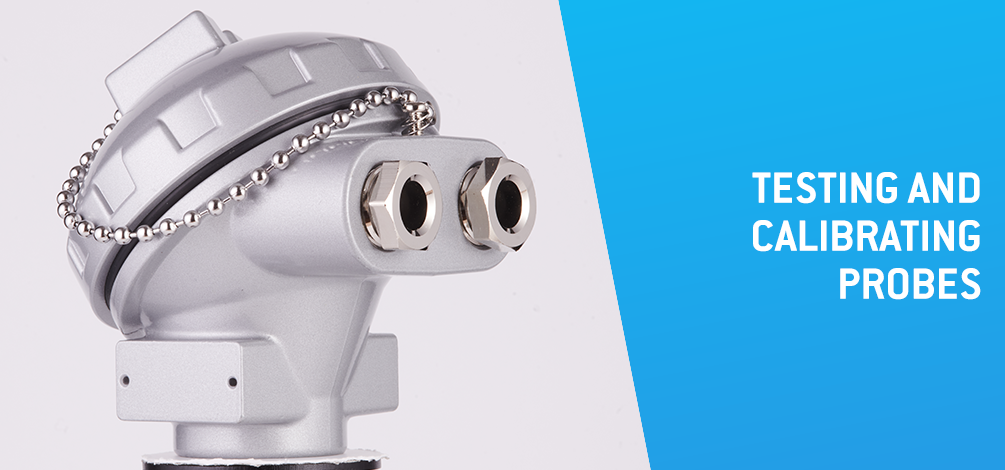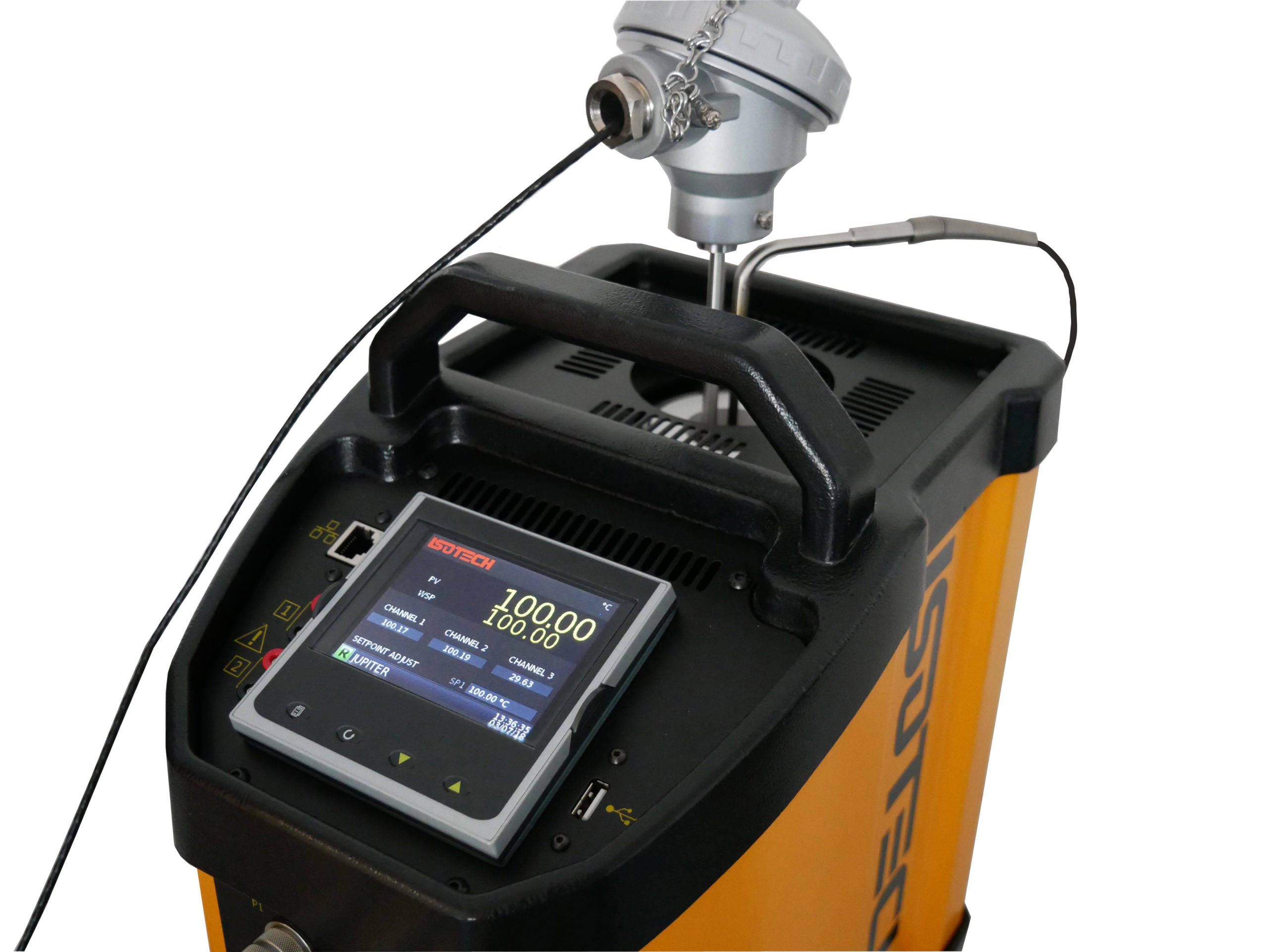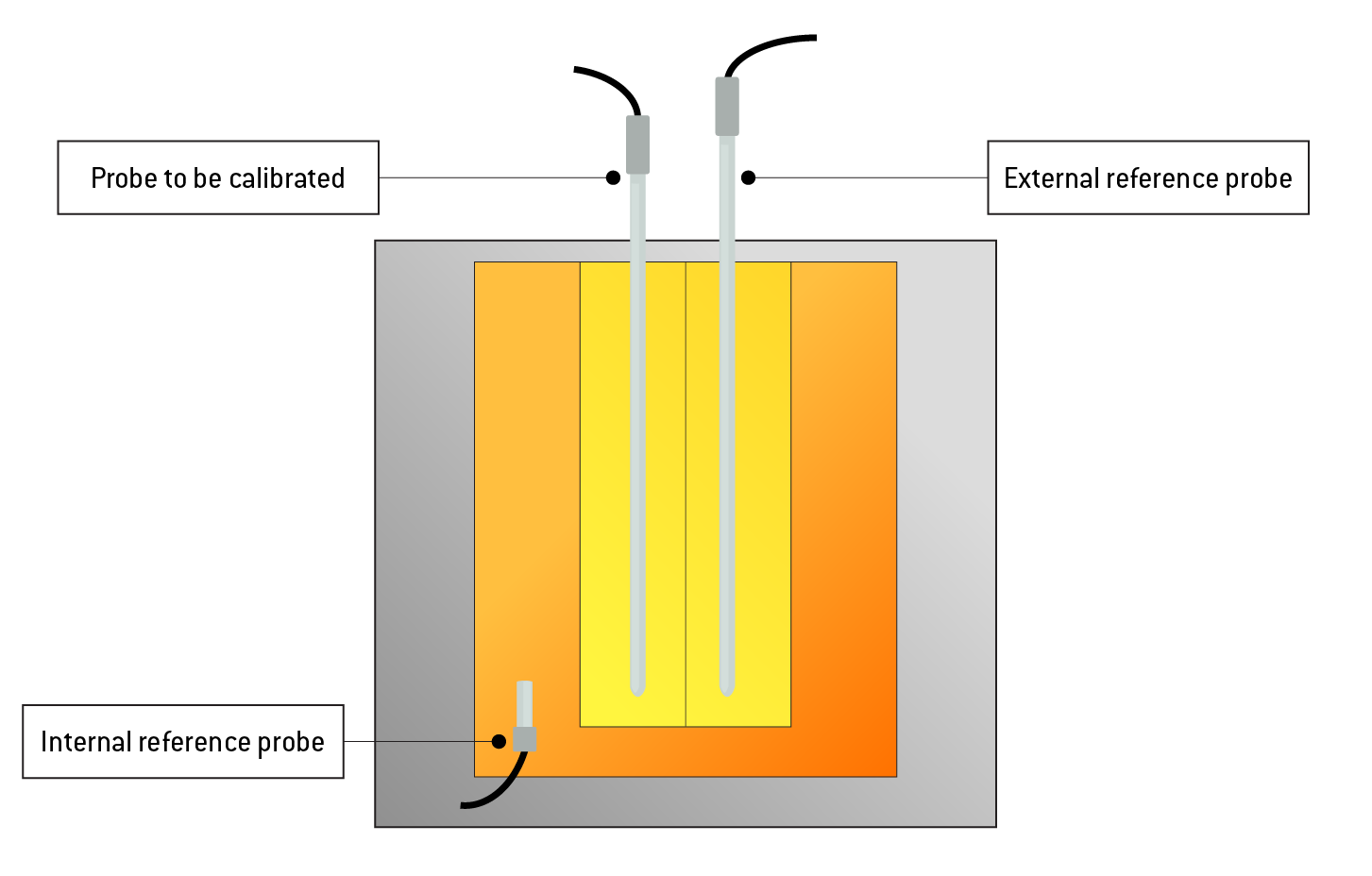Testing and Calibrating Probes

Temperature probes play a vital role in a wide array of applications, including industrial processes.
Temperature probes play a vital role in a wide array of applications, such as food beverages, pharmaceutical, automotive and spacial industries. Ensuring accurate and reliable temperature measurements is essential for maintaining optimal performance and making informed decisions. Tekon, a developer and provider of temperature probes, such as RTDs, Thermocouples and Digital Thermistors, is committed to delivering highly precise products. In this article, we will explore the importance of probe testing and we will look into one of the most useful calibration methods.
The importance of calibration
Calibration is the process of adjusting a probe's output to match a known reference value, ensuring accurate and reliable temperature measurements. Proper probe calibration and testing are critical for various reasons:
- Ensuring product quality: accurate temperature measurements are crucial for maintaining optimal conditions and ensuring product quality in every application.
- Safety and compliance: precise temperature measurements are necessary for maintaining safe conditions in every industry.
- Research data: in scientific research, accurate temperature data is essential for drawing valid conclusions and supporting further advancements.
Different methods to use
Tekon offers a range of temperature probes, including RTDs, Thermocouples, and Digital Thermistors. Depending on the probe type, it is possible to choose between different calibration methods.
Mostly, probes are tested and calibrated using comparison methods, where the probe's resistance is compared to a known reference resistor in a stable temperature environment, such as temperature dry block or temperature bath. Another method is to perform a calibration at the ice point (0°C), using a stirred ice bath.
Temperature dry block
Temperature dry block, also known as dry-well or temperature calibrator, is a calibration method that involves a device to heat or cool a metal block to an exact temperature, without using any liquids (unlike the temperature bath method).
A dry block calibrator usually has a removable insert or pocket, used to introduce temperature probes, and it combines high accuracy with portability.

How it works
Many dry block calibrators, or portable heat sources, can generate temperatures up to 1200 °C (for high temperature dry block calibrators) and as low as -100 °C (when working with low temperature calibrators). This means that there is a great range of probes, for multiple applications, that can be tested and calibrated using the dry block method.
The comparison can be made using the internal sensor of the dry block, however, using an external calibrated probe to compare with the one to be tested and calibrated is the considered to be a more accurate method. In this case, the two probes are inserted into the block.
Then, the source heats or cools the insert to a stable temperature, in order to reach the test point and be adjusted to another one, when procedure requires multiple test points. The temperature values can be monitored through the dry block display.

As stated before, the dry block is just one method of testing and calibrating probes. Others, like the temperature bath one (using liquid) can be used when lower temperature ranges are needed, for example. In any event, there are a few benefits to highlight when talking about temperature dry block calibration, such as:
- High temperature stability over time;
- Axial temperature homogeneity;
- Ease of use in the field;
- Suitability for different probe shapes;
- No contamination of the probe being tested.
Tekon's commitment
Tekon is dedicated to delivering exceptionqal products. Our rigorous calibration processes, stringent quality control measures and ongoing support ensure that our customers receive quality probes for precise measurements.
Probe calibration is a crucial aspect of ensuring accurate and reliable temperature measurements. By understanding the importance of calibration, selecting the appropriate methods and maintaining accuracy over time, users can be confident in the data provided by Tekon's temperature probes.
Trust Tekon to support your temperature monitoring needs across a wide range of applications.
sales@tekonelectronics.com
+351 93 30 33 250 / +351 93 21 94 163
References
Beamex. Calibration Essentials: Temperature (eBook). https://resources.beamex.com/lp-calibration-essentials-temperature
Control Engineering. Instrumentation calibration best practices. https://www.controleng.com/articles/instrumentation-calibration-best-practices-benefits/
ELPRO. Temperature Sensor Calibration: All You Need to Know. https://www.elpro.com/en/learn/temperature-sensor-calibration
Fluke. Field Dry-Block Calibrators. https://us.flukecal.com/products/temperature-calibration/industrial-calibrators/field-dry-block-calibrators
ISOTECH. A Quick Guide to Temperature Sensors and Calibration. https://isotech.co.uk/documents/?_documents=introduction-to-calibration